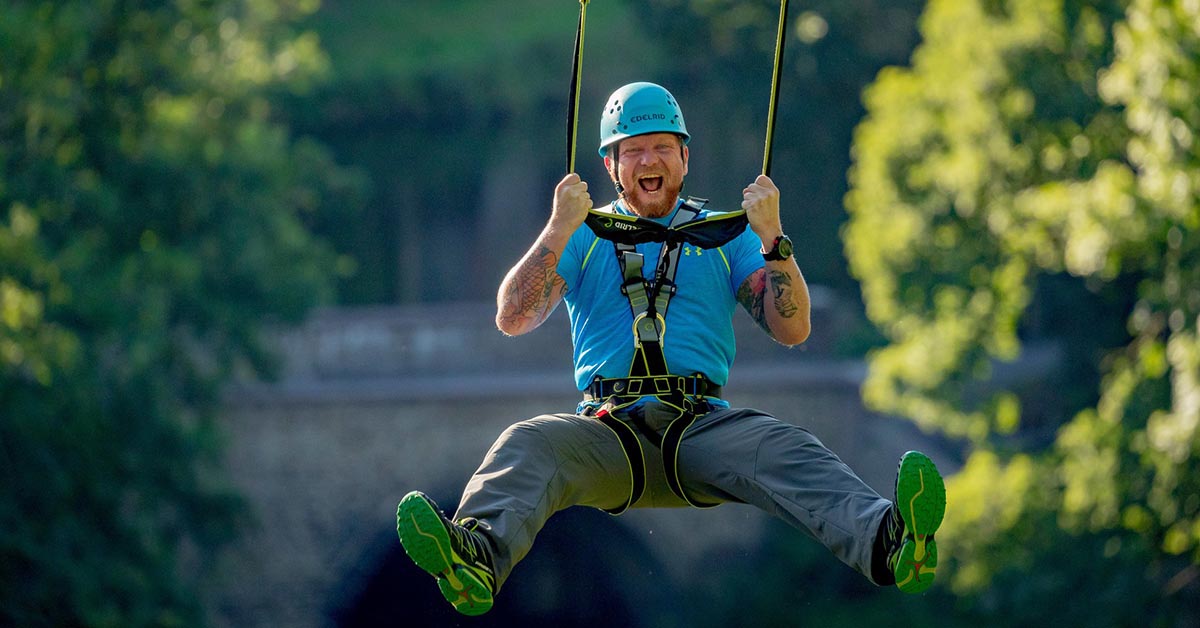
At first glance, the zip line appears to be simple: attach your trolley to the rope and let gravity do the rest! However, any zipline installation involves a lot of considerations and a lot of work. To make an effective zipline, designers must consider slope, wind, temperature, varying rider weights, friction, rider speed, and other factors. This isn’t a simple task.
We’ve discussed the main components of a comprehensive zipline system as a starting point for those considering creating one. Each component of your design should be taken into account and tested as part of the entire zipline system, and zipline installation and design should be handled by trained professionals. First and foremost, zipline safety should be prioritized.
The Zip Line Cable
Ziplining is all about the journey, not the destination, and your zipline is defined by the line. This line specifies the type of scenery or terrain your driver will enjoy, as well as the length of time they will enjoy it and the speed at which they will travel. When creating a zipline, the length and start and end places are among of the first decisions you must make. Many ziplines are made of stainless steel or galvanized aircraft wire for the line.
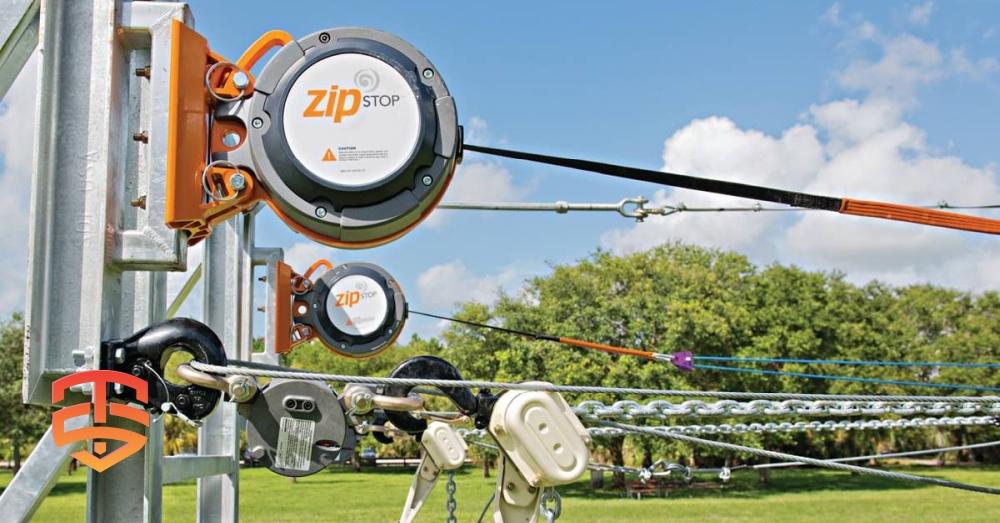
The Zip Line Platform
Many zip lines include platforms where riders begin and end their journey. If geography is working in your favor, basic platforms for riders may be all you need. If there isn’t enough elevation variation, you could need elevated platforms. The topography, primary and secondary braking requirements, and space necessary for guide and rider comfort will all influence the design of the zip line platform. Make sure your platform is long enough for your zip line brake to operate properly while still giving area for an emergency brake.
The Zip Line Trolley
Your rider’s vehicle down the zip line is the zip line trolley. How do you choose among the many various types and sizes of trolleys? Consider the pace of your zip line and whether or not your trolley can manage it. In addition, the trolley should be constructed to work with the brake mechanism at the end of your line. For example, we developed the first impact-braking trolleys. LightSpeed trolleys are built to last and to help your zip line equipment last longer.
Our Self-braking Zip line pulley with integrated magnetic brake is another solution for creating a safe braking condition in Zipline operation. The MAG Brake Trolley is a self-braking zip wire pulley that addresses the key safety concerns surrounding regulated and safe braking at the conclusion of high-speed zip lines.
Self-braking Zipline trolley with integrated magnetic brake
The magnetic Zipline Pulley has an integrated magnetic brake that is powerful and incrementally adjustable. We can slow down the rider to a manageable pace without friction, heat, or cable wear thanks to the inbuilt Eddy Current Brake. As a result, the demand for maintenance on the zipline lines and trolley is considerably reduced.
The key safety difficulties surrounding the regulated and safe braking scenario at the end of high-speed zip wire courses are addressed by our self-braking zip wire pulley.
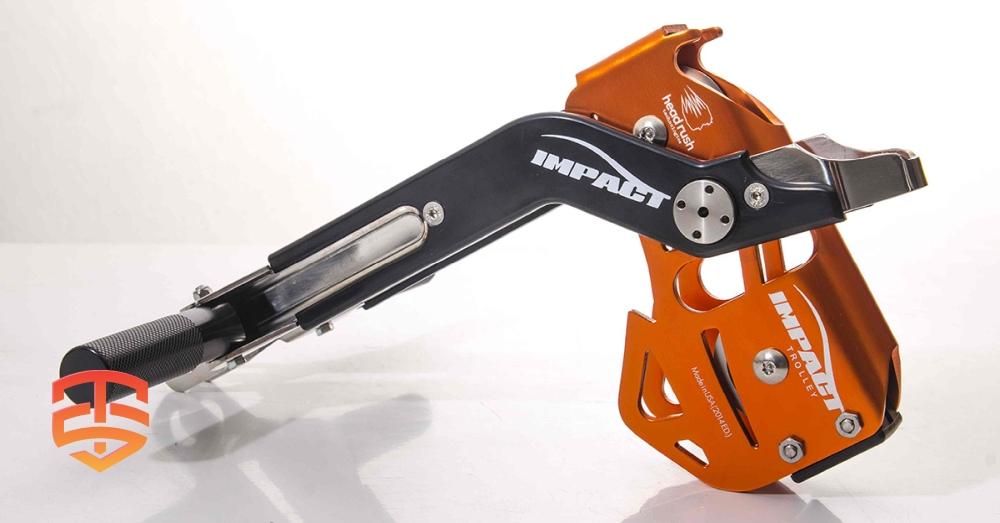
The Zip Line Brake
This is one of the most important parts of the zip lining experience. Many riders will ask “How do I stop at the end” before they clip in to the ride. That’s because they want to know what to expect at the end and what they will be required to do. The best zip line brakes offer passive braking; this means the rider does not have to participate in braking and will automatically be slowed to a stop at the end of the line. Thrill Syndicate adapted the patented magnetic braking technology and created the zipSTOP Zip Line Brake, an innovative product that improves the customer experience, throughput, and reliability on your zip line.
The Emergency Backup Brake
An emergency arrest device (EAD), or emergency brake, is an essential component of a complete zip line brake system. An EAD is a secondary brake that will automatically engage in the event that the primary brake fails and will prevent rider injury or death. When installing a zip line, unmanned testing should be conducted to ensure proper function of both the primary brake and the EAD. Check out our white paper on EADs to get complete details on this essential zip line component.
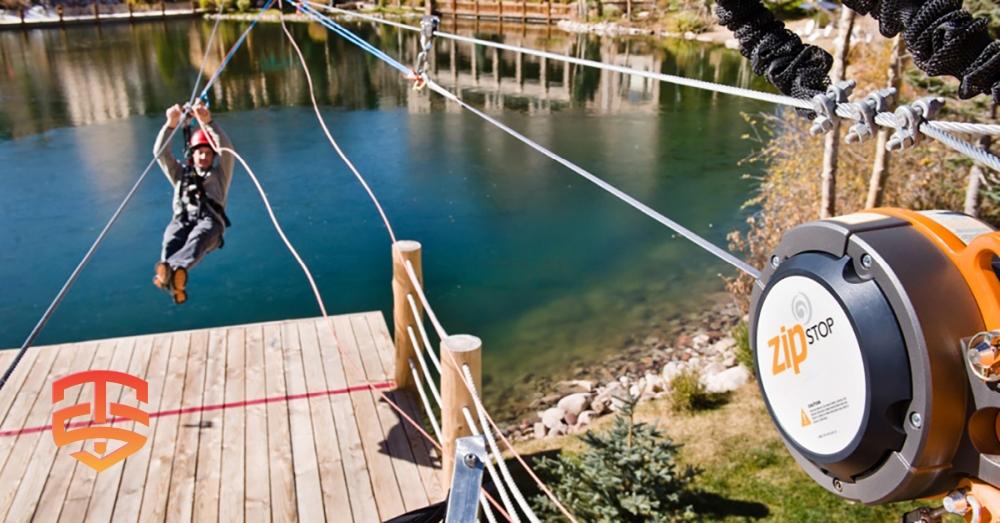
The Guides
A perfectly built zip line still needs personable, well-trained guides to provide an excellent rider experience. Zip line guides are there to do more than provide proper rider procedure and safety information. They should be able to share information on the area, the scenery, and the surrounding environment to further engage riders in the experience. Invest in guides who are personable and give them training to help create the best zip line ride.
The Zip Line Inspection
The zip line design and installation are just the first step. Once your zip line is operating, don’t forget to conduct ongoing inspections and maintenance. Each element of the zip line should be inspected and routine maintenance should be performed.
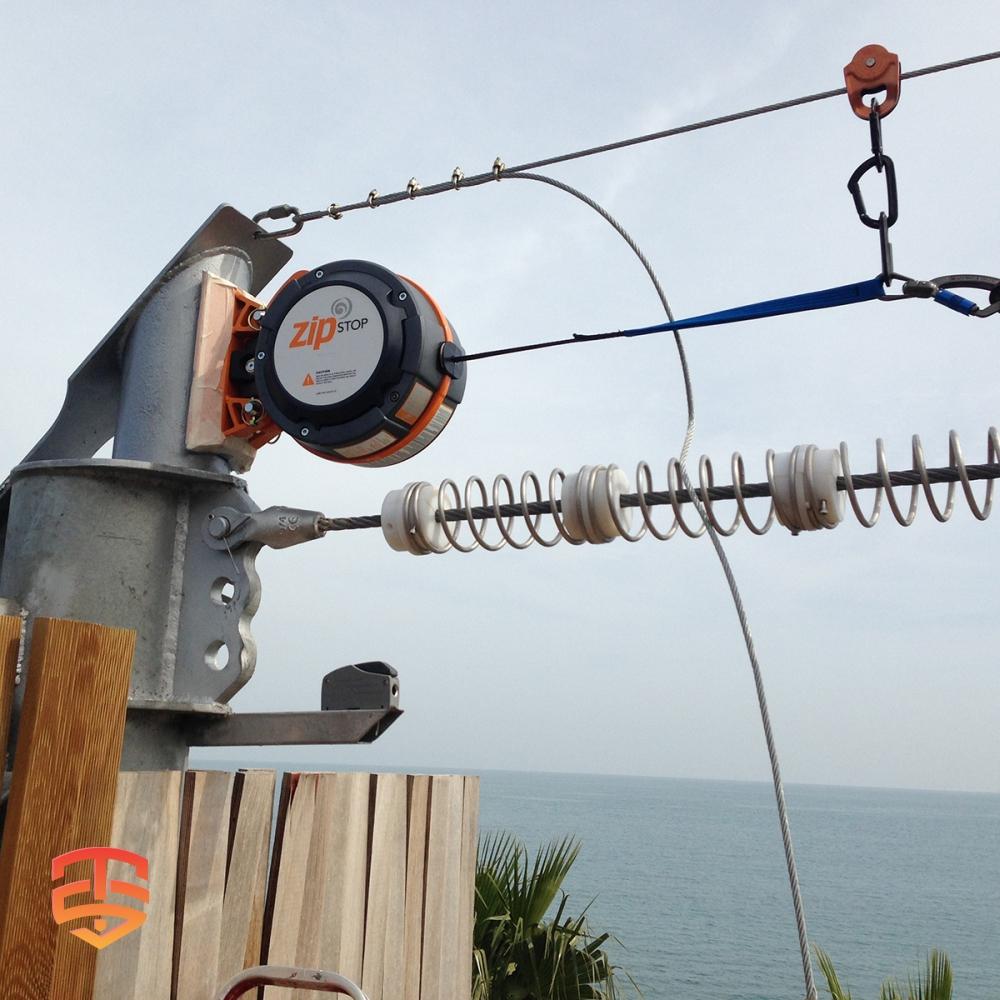
Zipline Safety Solutions
We deliver a complete professional Zipline system, from our Self-braking Magnetic Zipline Trolley to a safe Zipline Spring Brake.
We offer a full family of zip line brakes that increase throughput with a hands-free braking experience for zip line riders and operators, and a full ecosystem of zip line products to outfit the best zip line builds in the world. We use advanced technology to engineer and manufacture innovative adventure equipment for the outdoor, amusement and recreation industries.
Beyond the Basics: Unveiling Zipline Technology with Expert Analysis
Intrigued by the potential of Zipline technology? You’ve come to the right place! This article provides a solid foundation. But if you’re eager to delve deeper and gain insights from industry experts, keep reading…
- Zip Line Design: Components for a Complete System
- Considering operating and investing in a zipline?
- 9 Zipline Mistakes You Don’t Know You’re Making
- Magnetic Zipline Braking: A Revolutionary Way to Ensure Safe Rides
- Pros and Cons of Different Zip Line Brakes
- Expert Tips for Zip Line Brake Installations
- White Paper on Zipline Emergency Arrest Devices (EAD)
- The Importance of Optimizing Zip Line Design for Rider Speed
- Does your zip line need an emergency arrest device?
- The Magnetic Self-braking Zipline pulley
- Zipline Braking and landing considerations
- Why Zip Line Trolley Bearings Matter
- Whitepaper: Zipline Braking Dynamics
- Zip Line Installation: Give them the Best Ride
- How to startup a Successful Zip Line Business
-
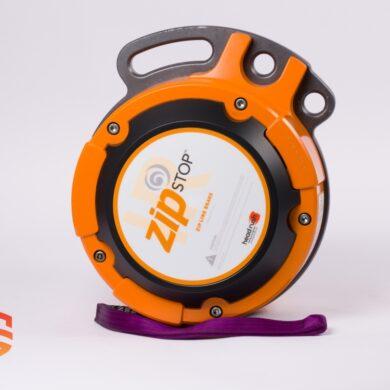 zipSTOP IR Zipline Brake | 24 – 60 kph€ 5.649,00 – € 5.799,00 Ex VAT
zipSTOP IR Zipline Brake | 24 – 60 kph€ 5.649,00 – € 5.799,00 Ex VAT -
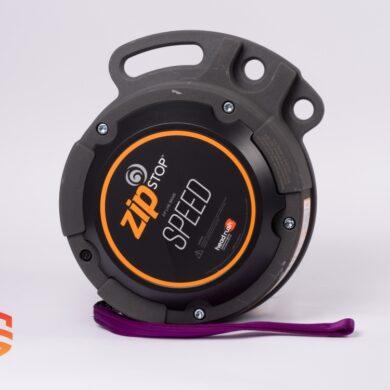 zipSTOP SPEED Zipline Brake | 50 – 72 kph€ 6.099,00 – € 6.349,00 Ex VAT
zipSTOP SPEED Zipline Brake | 50 – 72 kph€ 6.099,00 – € 6.349,00 Ex VAT -
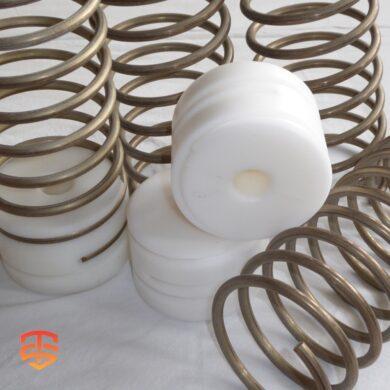 Spring Brake System | Primary & EAD zipline brake€ 98,00 Ex VAT
Spring Brake System | Primary & EAD zipline brake€ 98,00 Ex VAT







